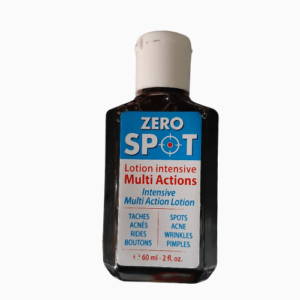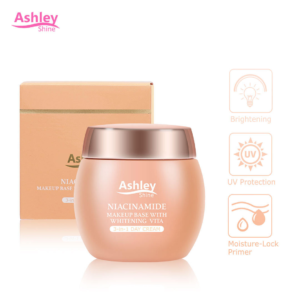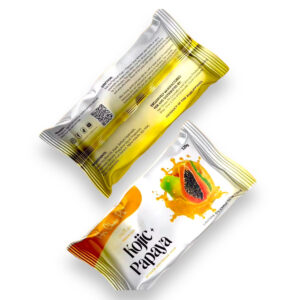Table of Contents
The Hidden Skin Issue That’s Affecting Women of Color
Hyperpigmentation is a common skin concern that affects millions of people worldwide, but it’s particularly prevalent among women of color. Despite its prevalence, hyperpigmentation remains a largely misunderstood and stigmatized issue, leaving many women feeling self-conscious and embarrassed about their skin. In this article, we’ll delve into the world of hyperpigmentation, exploring its causes, symptoms, and treatment options, as well as the social and cultural factors that contribute to its impact on women of color.
What is Hyperpigmentation?
Hyperpigmentation is a condition characterized by the formation of dark spots or patches on the skin, often resulting from an excess production of melanin, the pigment responsible for skin color. It can occur anywhere on the body, but is most commonly seen on the face, neck, and hands. Hyperpigmentation can be caused by a variety of factors, including sun exposure, hormonal changes, inflammation, and certain medications.
Causes of Hyperpigmentation in Women of Color
Women of color are disproportionately affected by hyperpigmentation due to a combination of genetic, environmental, and cultural factors. For example, people with darker skin tones are more susceptible to hyperpigmentation due to their increased melanin production, which can lead to a greater accumulation of melanin in certain areas of the skin. Additionally, women of color may be more likely to experience hormonal fluctuations, which can trigger hyperpigmentation, particularly during pregnancy, menopause, or hormonal birth control use.
Symptoms of Hyperpigmentation
The symptoms of hyperpigmentation can vary in appearance and severity, but common signs include:
-
- Dark spots or patches on the skin
-
- Skin discoloration, often with a brown, black, or gray hue
-
- Uneven skin tone
-
- Loss of skin clarity and radiance
Hyperpigmentation can also be accompanied by other skin concerns, such as acne, rosacea, and fine lines and wrinkles.
Treatment Options for Hyperpigmentation
There are several treatment options available for hyperpigmentation, including:
- Topical creams and serums containing ingredients such as hydroquinone, retinoids, and vitamin C
- Laser therapy, which can help to reduce the appearance of dark spots and patches
- Cryotherapy, which involves freezing the affected area to remove the darkened skin cells
It’s essential to consult with a dermatologist or skincare professional to determine the best course of treatment for your individual case of hyperpigmentation.
Social and Cultural Factors Contributing to Hyperpigmentation
Hyperpigmentation is not only a skin issue, but also a social and cultural one. For women of color, hyperpigmentation can be a source of shame, embarrassment, and low self-esteem. The beauty industry’s emphasis on fair skin and the lack of representation of diverse skin tones in mainstream media can contribute to these feelings. Additionally, cultural and societal pressures to conform to traditional beauty standards can lead to a lack of self-acceptance and self-love, further exacerbating the emotional impact of hyperpigmentation.
Conclusion
Hyperpigmentation is a common and complex skin issue that affects women of color disproportionately. While it’s a treatable condition, it’s essential to address the social and cultural factors that contribute to its impact. By promoting diversity and inclusivity in the beauty industry and mainstream media, we can work towards a more accepting and empowering environment for women of all skin tones. With the right treatment and support, women of color can overcome hyperpigmentation and achieve the radiant, confident skin they deserve.
Recommended Products
-
Product on sale
 Arbutin 3X Skin Whitening Collagen Body Cream 250gOriginal price was: KD8.000.KD7.000Current price is: KD7.000.
Arbutin 3X Skin Whitening Collagen Body Cream 250gOriginal price was: KD8.000.KD7.000Current price is: KD7.000. -
 Gmeelan Orange Enzymes Exfoliating Brightening Gel – 50gKD4.500
Gmeelan Orange Enzymes Exfoliating Brightening Gel – 50gKD4.500 -
 Zero Spot Lotion 60ml | Clear & Even SkinKD5.000
Zero Spot Lotion 60ml | Clear & Even SkinKD5.000 -
Product on sale
 You Glow Babe Beauty White REJUV SETOriginal price was: KD8.000.KD6.000Current price is: KD6.000.
You Glow Babe Beauty White REJUV SETOriginal price was: KD8.000.KD6.000Current price is: KD6.000. -
 Prestige Kagayaku Bleaching Soap 75gKD2.000
Prestige Kagayaku Bleaching Soap 75gKD2.000 -
 Ashley Shine Niacinamide Whitening 3 in 1 Day Cream – 50gKD4.000
Ashley Shine Niacinamide Whitening 3 in 1 Day Cream – 50gKD4.000 -
 Her Choice Kojic Papaya Soap 120gKD2.500
Her Choice Kojic Papaya Soap 120gKD2.500 -
 Anua Peach 70 Niacin Serum 30mlKD8.000
Anua Peach 70 Niacin Serum 30mlKD8.000 -
 RDL Kalamansi Whitening Soap – 135gKD1.250
RDL Kalamansi Whitening Soap – 135gKD1.250




